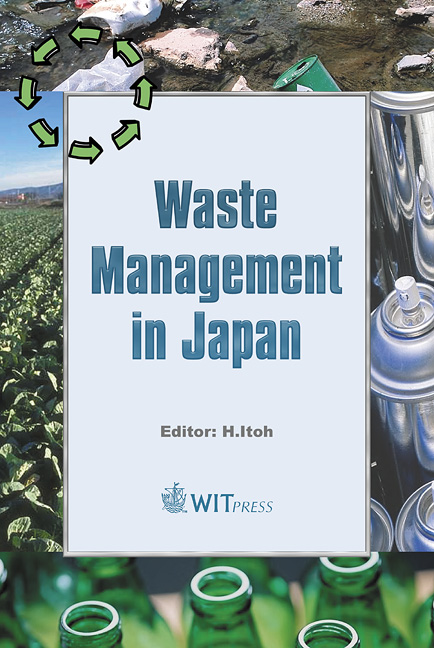Gas-phase Photocatalytic Decomposition Of Trichloroethylene Adsorbed On TiO2/silica Gel Beads In An O2 Gas Atmosphere
Price
Free (open access)
Transaction
Volume
79
Pages
10
Published
2004
Size
431 kb
Paper DOI
10.2495/WMJ040091
Copyright
WIT Press
Author(s)
Y. Kojima, S. Kanda, M. S. Onyango, H. Matsuda, K. Ushiroebisu & Z. Yamada
Abstract
A robust technique for trichloroethylene (TCE) decomposition using a tubular reactor containing 0.13g TiO2/g-catalyst-supported silica gel bead was investigated. The TiO2 was used due to its low cost, mineralization of a wide range of VOCs, and operation at ambient temperature. Likewise, the silica gel supporting material is transparent and allows for light transmission, and has adsorption capability on its large internal surface area. In this work, the effects of the variables; gas flow rate, catalyst dose, water vapor content and temperature on the extent of the decomposition and formation of intermediates and products were studied. In an O2 atmosphere, the decomposition of TCE was relatively constant at gas flow rates up to 200x10-6 m3/min while the decomposition decreased linearly with an increase in gas flow rates above 200x10-6 m3/min. At the optimum gas flow rate, the decomposition of TCE steeply increased with an increase in photocatalyst dose. It was considered that increases in external surface area and reaction sites were responsible for the increased decomposition. Similarly, the presence of water vapor up to 1% in the gas stream raised the decomposition of TCE. On the contrary, water vapor content above 1% caused a reduction in the decomposition due to competitive adsorption between TCE and water molecules. The photocatalytic process proceeded with the formation of intermediates such as CHCl3, COCl2, and CCl4 and products; CO2 and HCl. Keywords: TCE, photocatalyst , titanium oxide, silica gel beads, gas-phase.
Keywords
TCE, photocatalyst , titanium oxide, silica gel beads, gas-phase.




